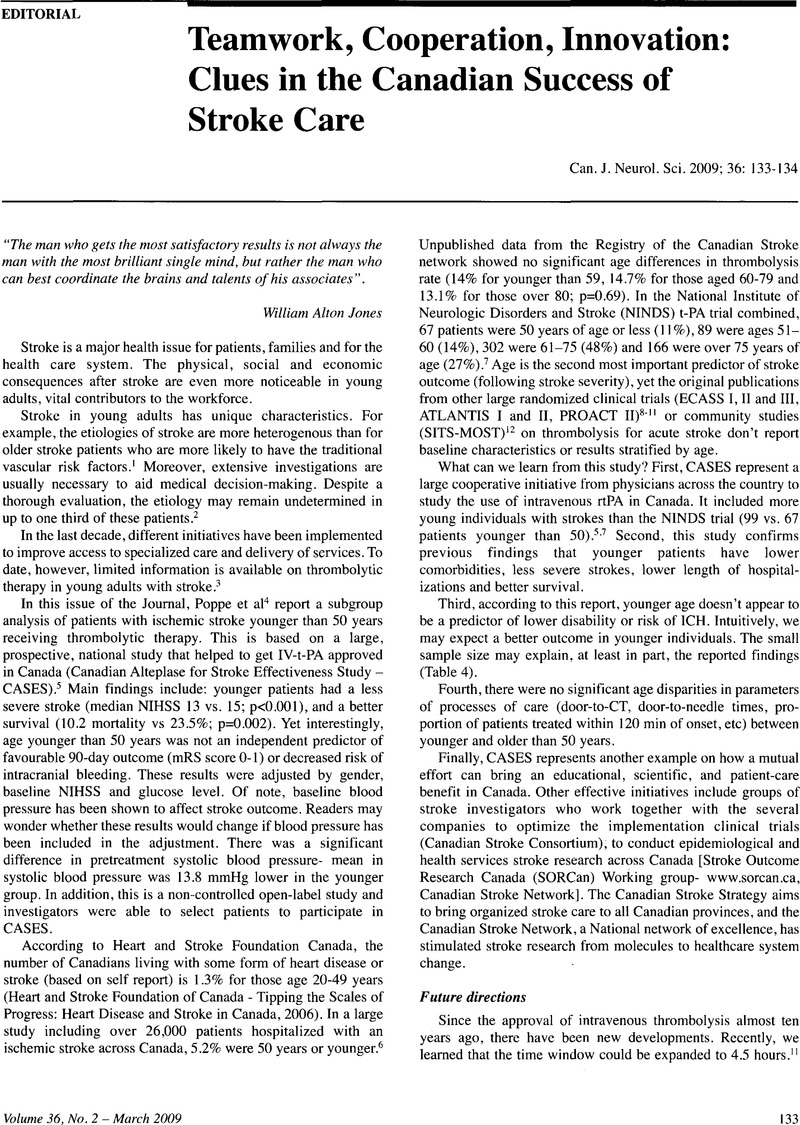Crossref Citations
This article has been cited by the following publications. This list is generated based on data provided by Crossref.
Morales-Vidal, Sarkis
and
Ruland, Sean
2013.
Telemedicine in Stroke Care and Rehabilitation.
Topics in Stroke Rehabilitation,
Vol. 20,
Issue. 2,
p.
101.





